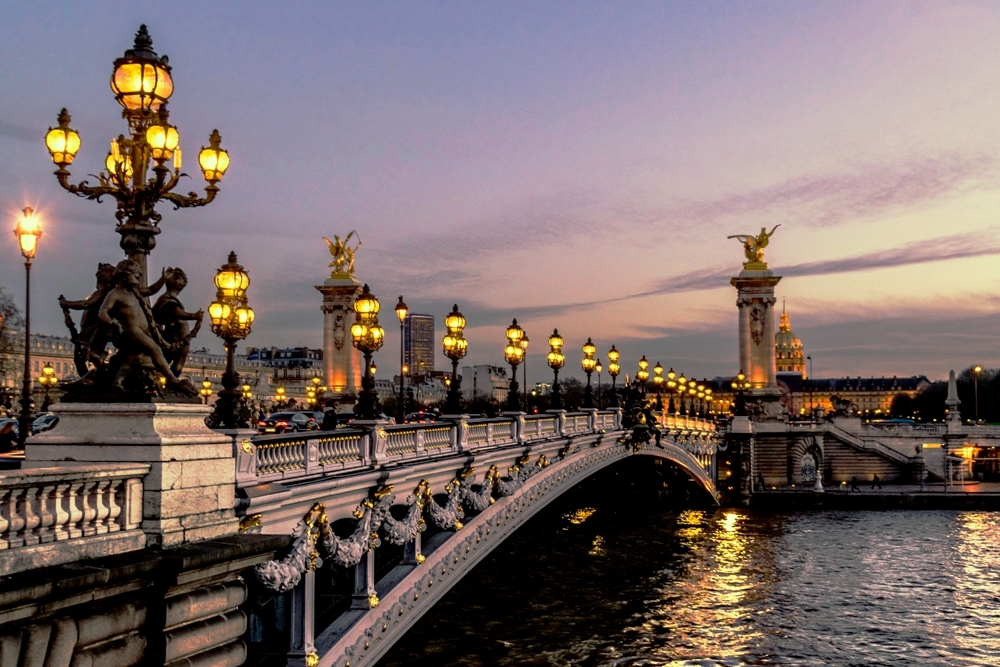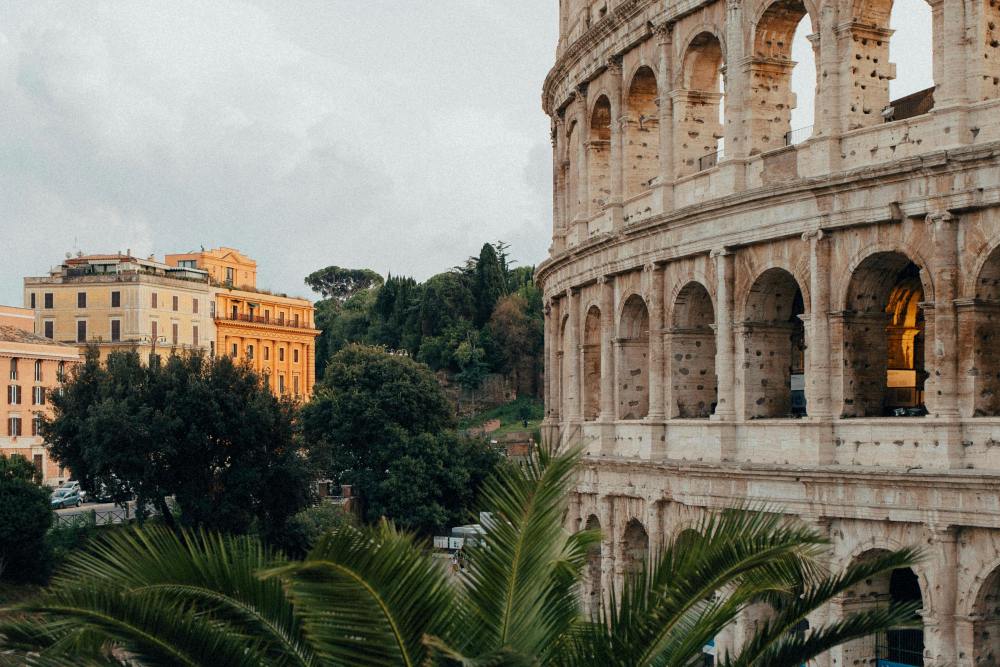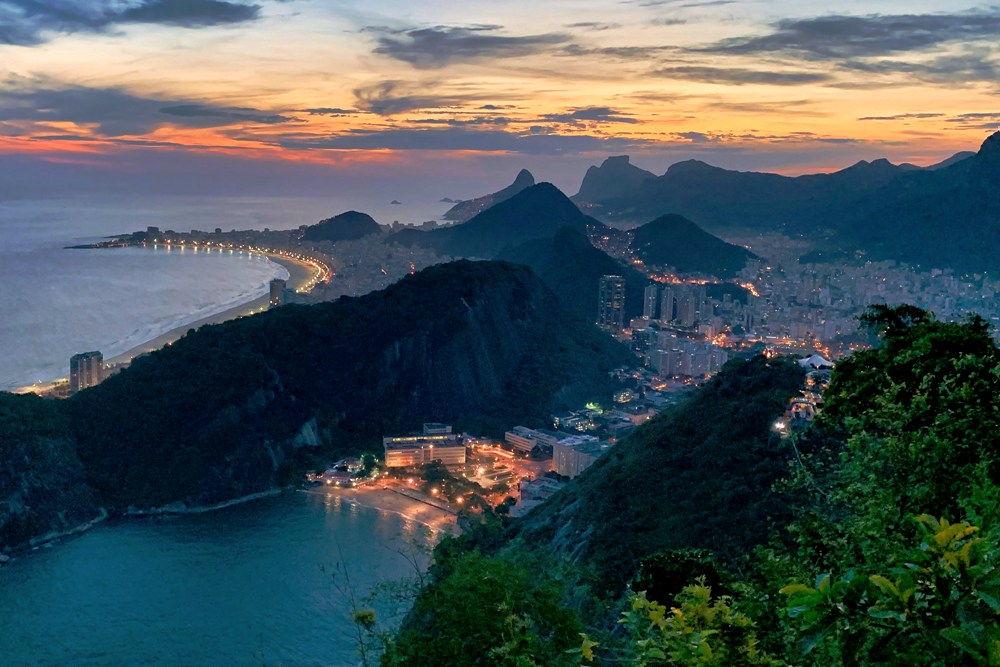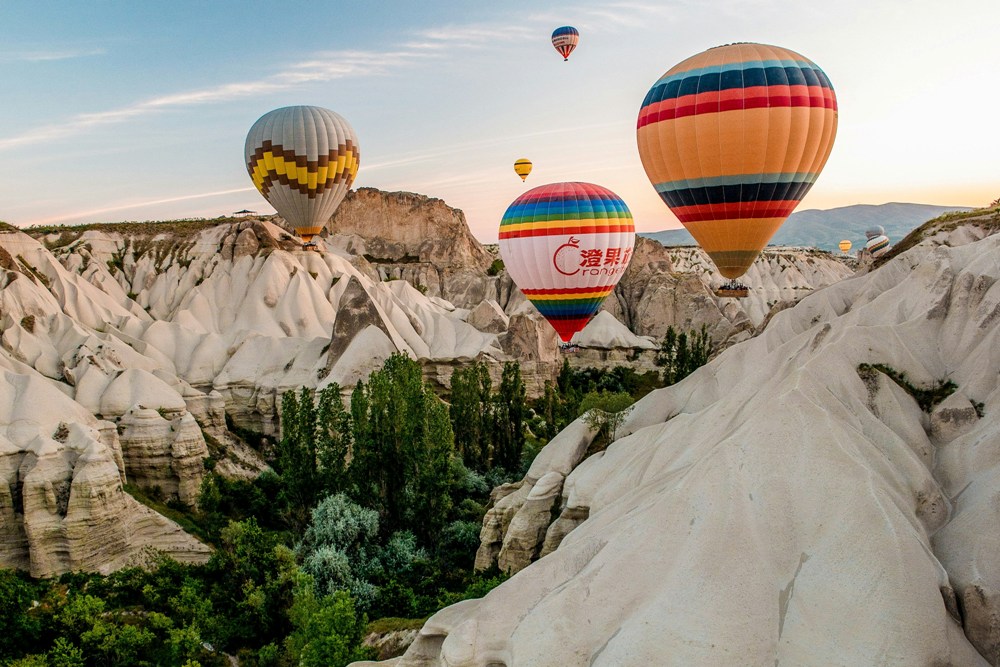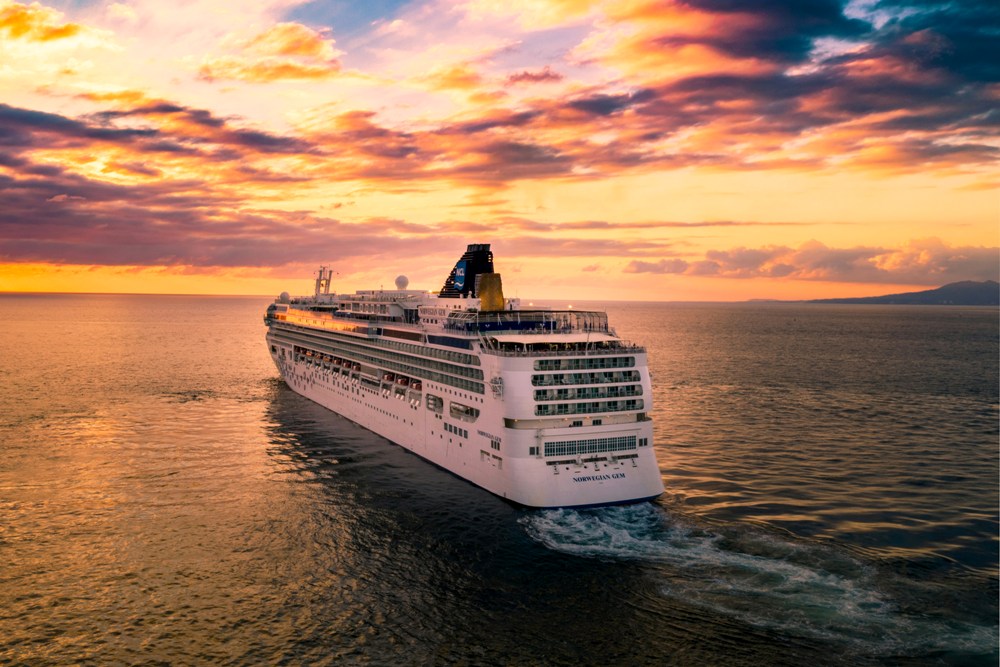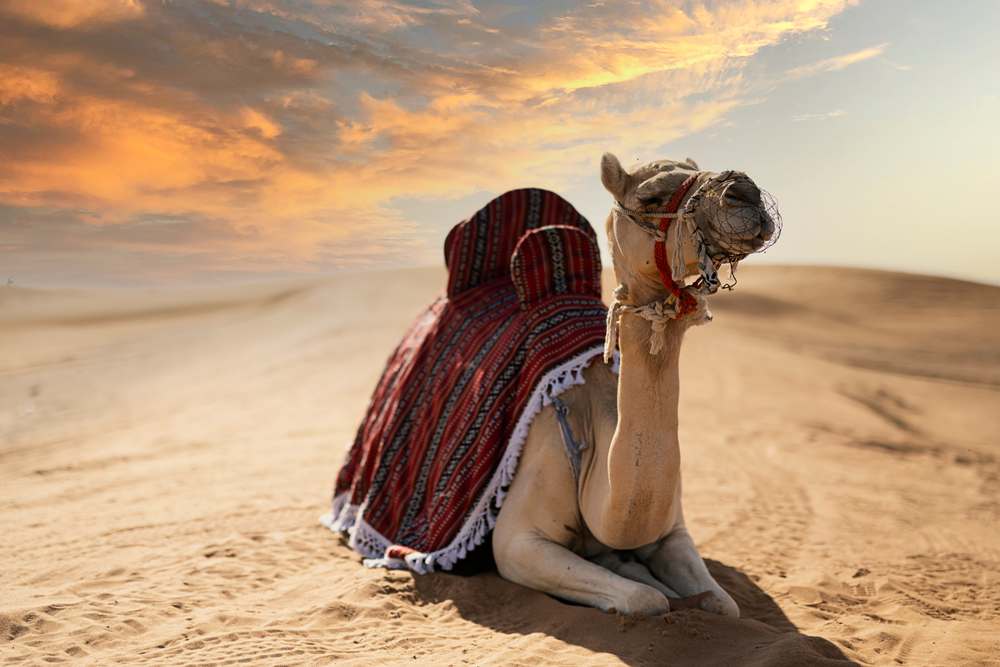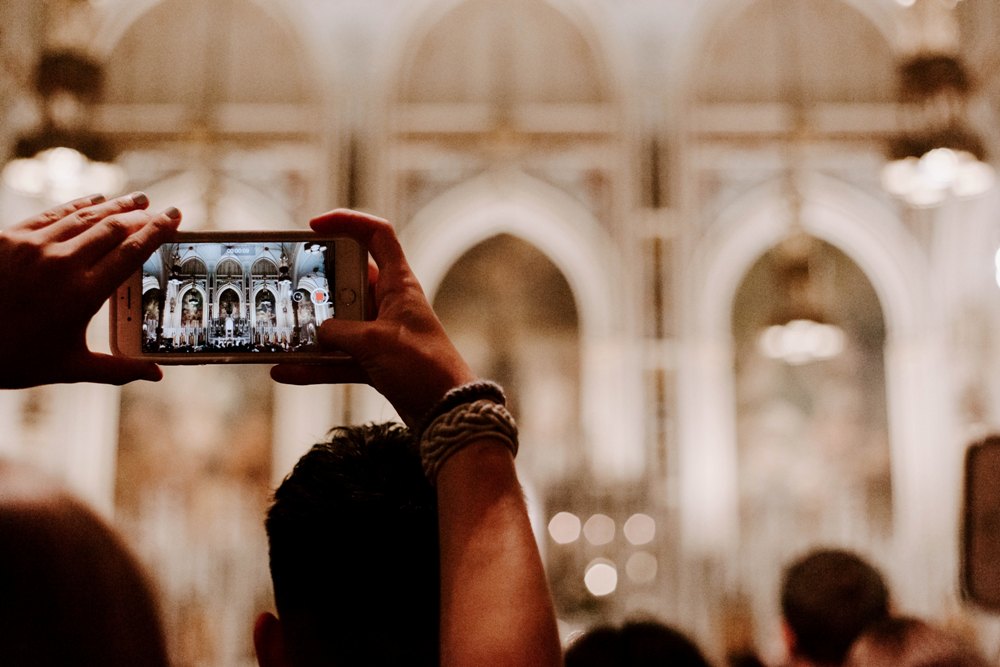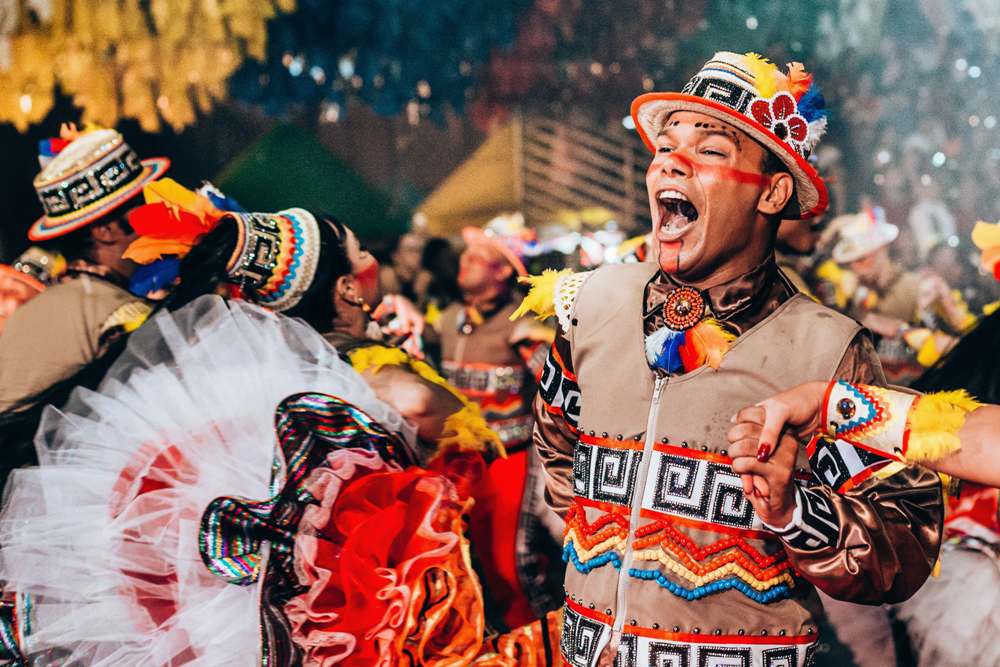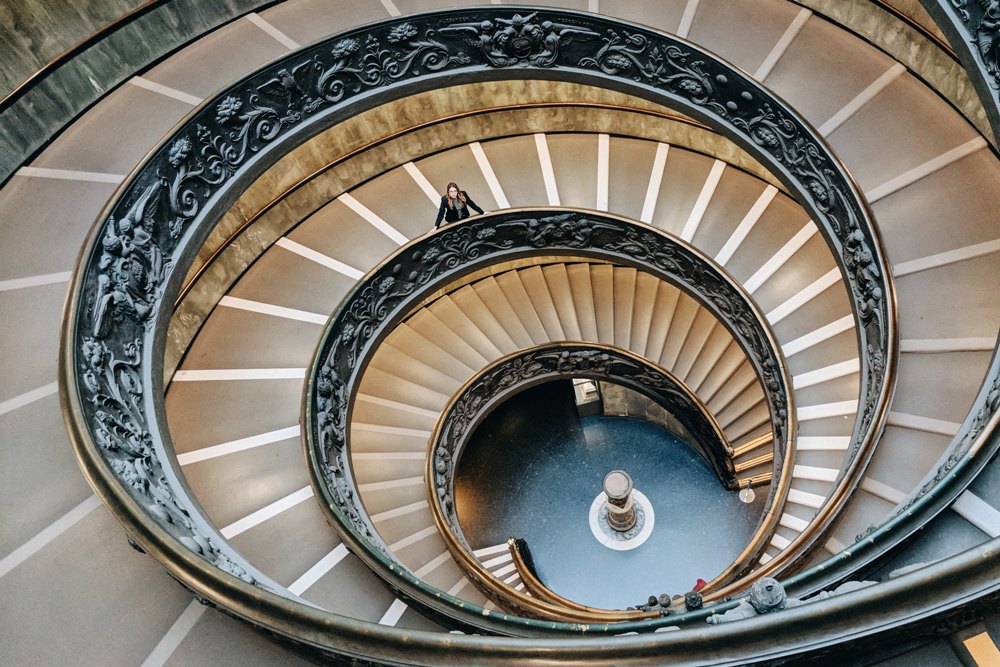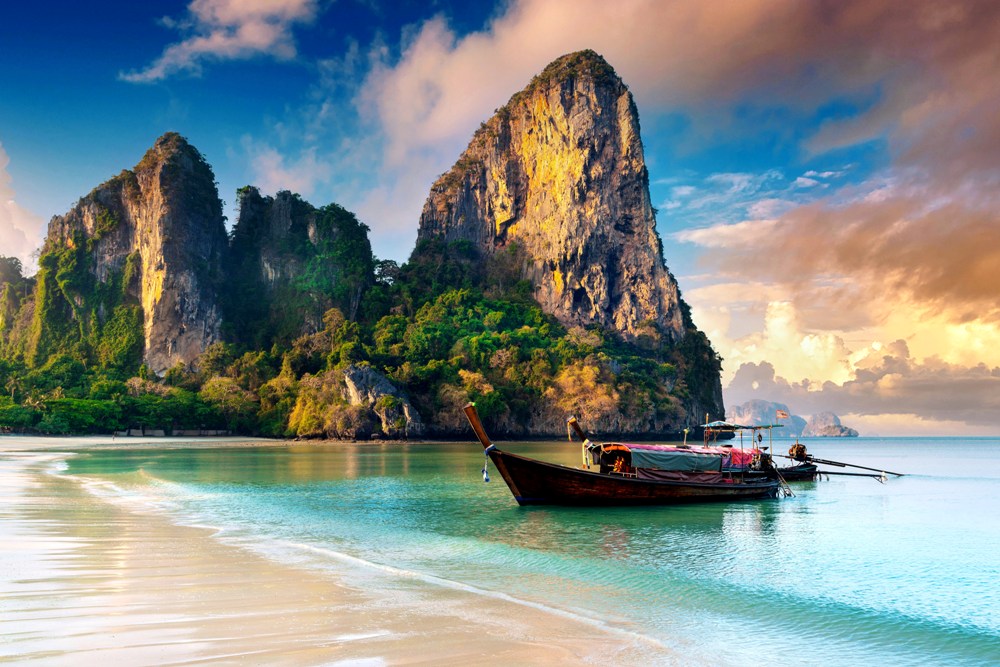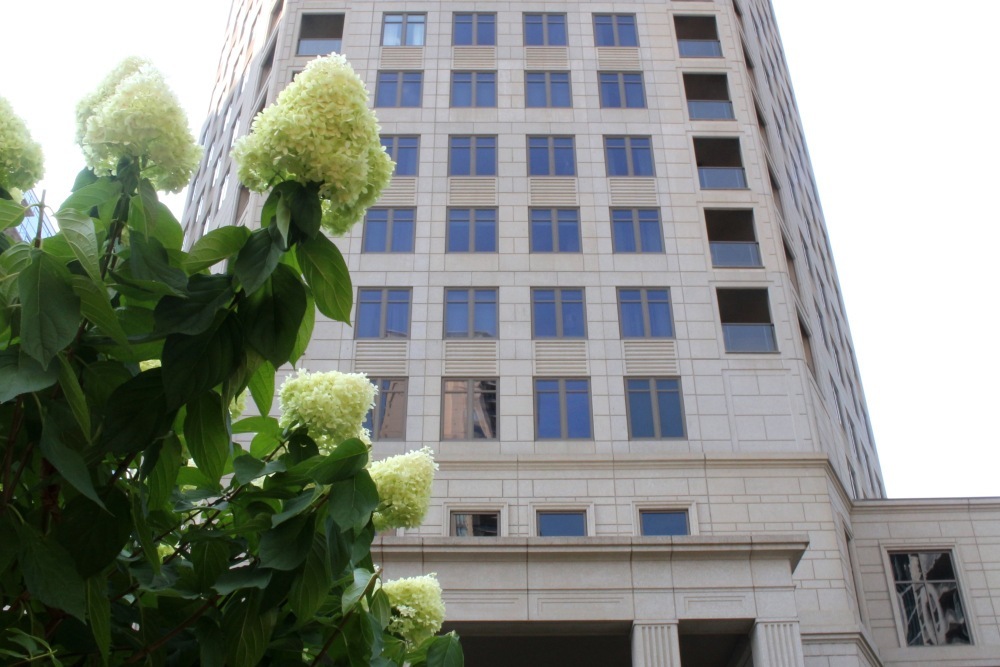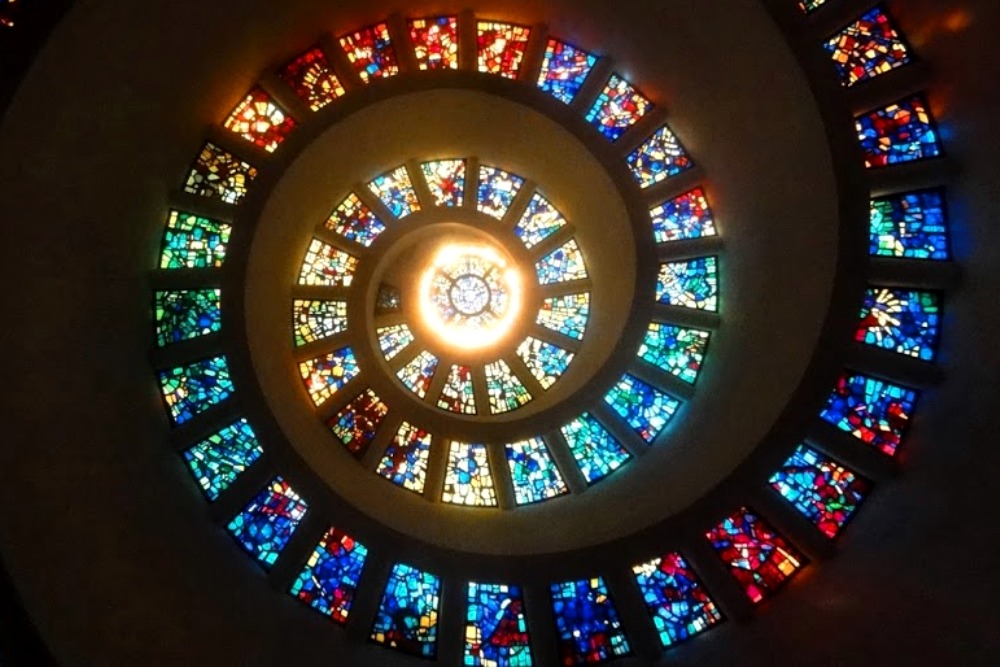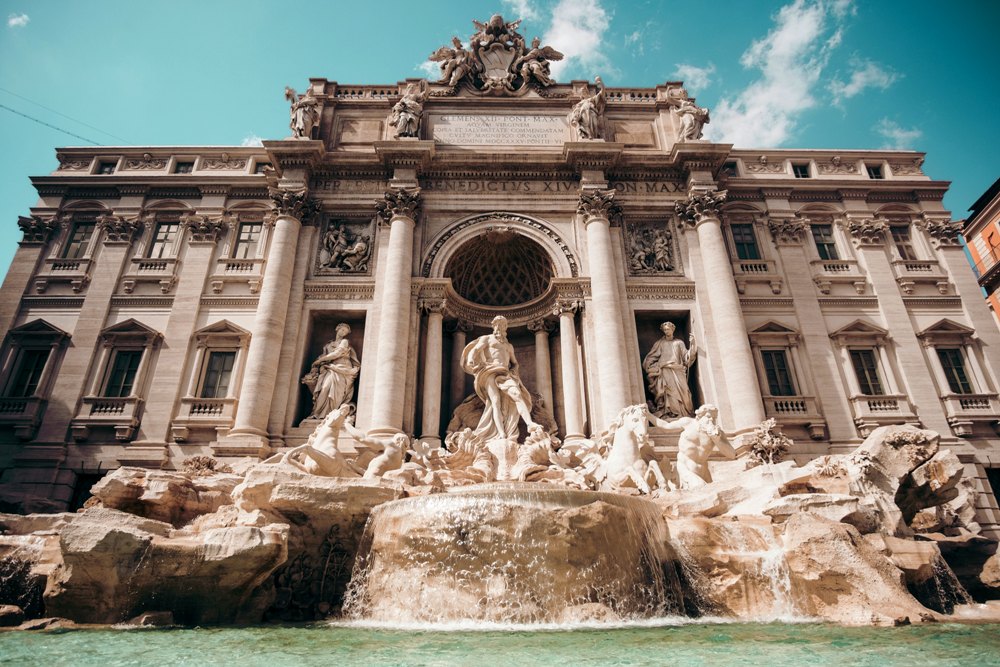
Rome, the eternal city, stands as a testament to centuries of history, art, and cultural evolution. From the grandeur of ancient monuments to the charming cobblestone streets of its neighborhoods, Rome's cultural richness is a tapestry woven with threads of tradition, creativity, and a deep sense of identity. To truly grasp the essence of Rome's culture, one must explore its historic sites, indulge in its culinary delights, and immerse oneself in the enduring legacy that defines this captivating city.
Historical Marvels: Colosseum and Roman Forum
Rome's cultural narrative is anchored in its ancient marvels, the Colosseum and the Roman Forum. The Colosseum, an iconic amphitheater, once hosted gladiatorial contests and public spectacles. The Roman Forum, a sprawling plaza, served as the epicenter of Roman civic life. Exploring these historical sites offers a glimpse into the grandeur of the Roman Empire and its lasting impact on Western civilization.
Renaissance Art: Vatican City and Sistine Chapel
Vatican City, an independent city-state within Rome, is a treasure trove of Renaissance art and architecture. The Sistine Chapel, adorned with Michelangelo's masterful frescoes, including the iconic Creation of Adam, is a pinnacle of artistic achievement. The Vatican Museums house an extensive collection of paintings, sculptures, and artifacts, showcasing the enduring influence of Renaissance creativity on Rome's cultural landscape.
Baroque Splendor: Spanish Steps and Trevi Fountain
Rome's Baroque period left an indelible mark on the city's aesthetics. The Spanish Steps, an elegant stairway, and the Trevi Fountain, a masterpiece of Baroque sculpture, are iconic landmarks that embody the city's artistic flair. These architectural gems not only serve as popular gathering spots but also reflect the Baroque emphasis on drama, emotion, and ornate design.
Neighborhood Vibes: Trastevere and Monti
Rome's neighborhoods offer a glimpse into the local way of life. Trastevere, with its narrow winding streets and lively piazzas, exudes a bohemian charm. Monti, one of the oldest residential neighborhoods, is a hub of creativity with artisan shops and trendy boutiques. Exploring these districts provides a deeper understanding of Rome's cultural evolution and the coexistence of ancient traditions with modern influences.
Culinary Heritage: Pasta, Gelato, and Roman Cuisine
Roman cuisine is a celebration of simple yet flavorful dishes that have stood the test of time. From traditional pasta dishes like Cacio e Pepe to the iconic Roman street food supplì, the city's culinary heritage is a journey for the taste buds. Indulging in authentic gelato and exploring local markets like Campo de' Fiori showcase the integral role that food plays in Rome's cultural identity.
Religious Icons: Pantheon and Basilicas
The Pantheon, a marvel of ancient engineering, and Rome's basilicas are enduring symbols of the city's religious heritage. St. Peter's Basilica in Vatican City, St. John Lateran, and St. Mary Major are architectural wonders that house religious relics and artistic treasures. Rome's religious icons provide a glimpse into the spiritual dimensions that have shaped the city's culture over centuries.
Language and Literature: Latin and Roman Authors
The Latin language, the linguistic legacy of ancient Rome, permeates the city's inscriptions, monuments, and cultural expressions. Rome's rich literary tradition includes the works of ancient authors like Virgil, Ovid, and Cicero, whose writings continue to influence language and literature. Exploring Rome's literary history is a journey into the roots of Western civilization.
Public Squares: Piazzas and Community Life
Rome's piazzas serve as communal spaces that reflect the city's vibrant community life. Piazza Navona, with its fountains and Baroque architecture, and Piazza del Popolo, surrounded by iconic landmarks, are gathering points for locals and visitors alike. These public squares are stages for cultural events, street performances, and the timeless Italian tradition of passeggiata—the evening stroll.
Festivals and Celebrations: Festa della Repubblica and Natale di Roma
Rome's festivals honor both national pride and historical milestones. Festa della Repubblica, celebrated on June 2nd, marks Italy's Republic Day with parades and events. Natale di Roma, the birthday of the city, is a celebration of Rome's foundation on April 21st. These festivals showcase the Romans' sense of identity and their connection to a rich historical tapestry.
Modern Cultural Spaces: MAXXI and Auditorium Parco della Musica
Rome's cultural landscape extends beyond its ancient and Baroque treasures. MAXXI, the National Museum of 21st Century Arts, and Auditorium Parco della Musica, a modern music complex, represent Rome's commitment to contemporary creativity. These spaces host exhibitions, performances, and events that contribute to the city's evolving cultural conversation.
Environmental Harmony: Villa Borghese Gardens and Appian Way
Rome's cultural identity extends to its harmonious integration with nature. The Villa Borghese Gardens, a vast green oasis in the heart of the city, offers a retreat for locals and visitors. The Appian Way, an ancient Roman road lined with historic ruins, allows for a journey through both cultural and natural landscapes, showcasing Rome's ability to preserve its environmental heritage.
Conclusion: Rome's Living Legacy
In conclusion, Rome's culture is a living legacy that intertwines the ancient with the contemporary, the grandiose with the intimate. The city's cultural identity is not confined to its historical monuments but extends to its neighborhoods, culinary traditions, language, and vibrant community life. Rome invites exploration, offering a cultural journey that transcends time, inviting visitors to immerse themselves in the city's enduring and captivating tapestry.

